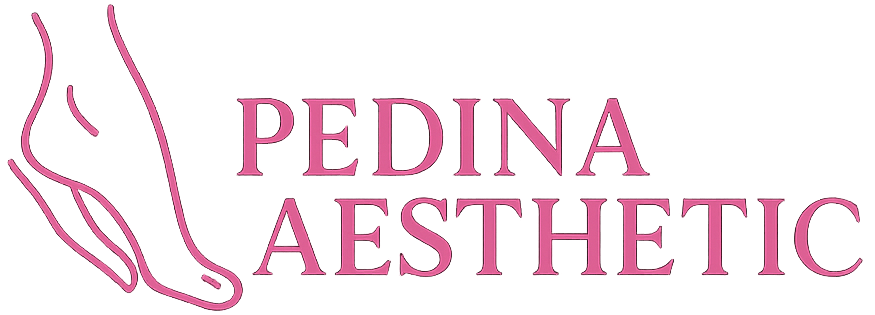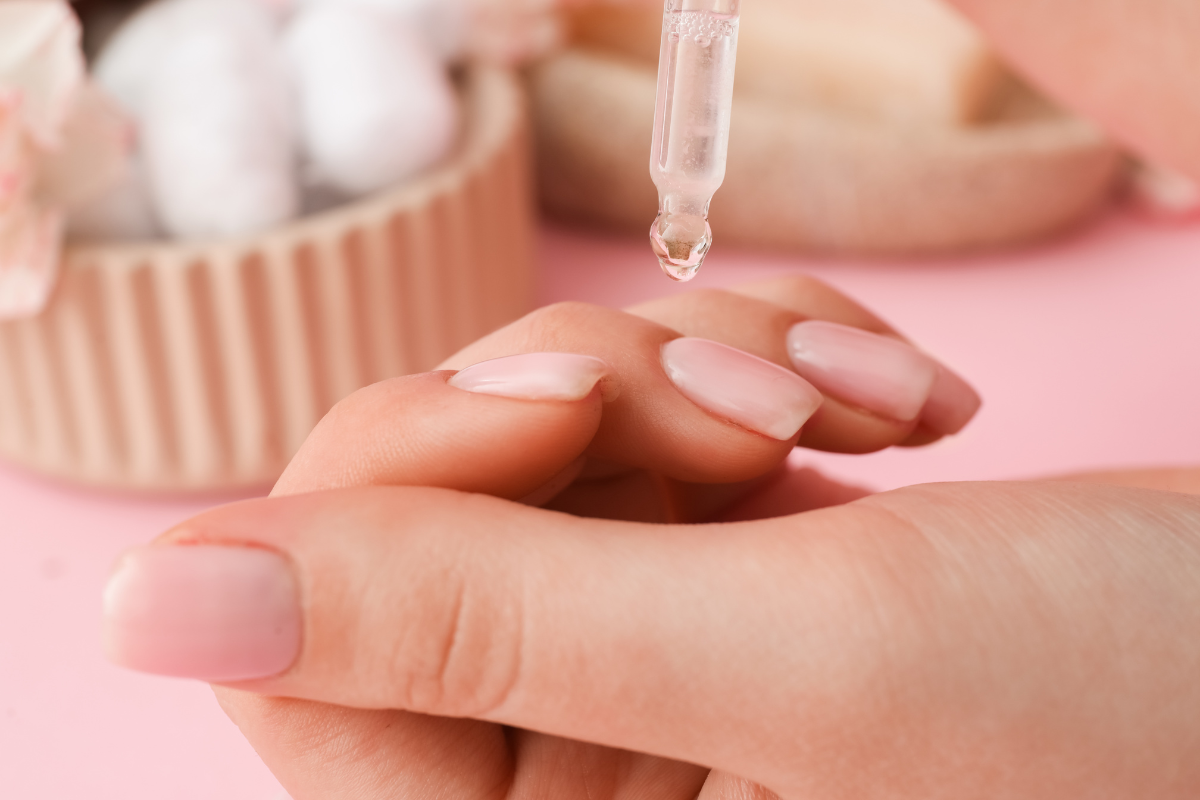Healthy, beautiful nails are more than just a cosmetic concern—they're a reflection of your overall health and well-being. At PediNaesthetic, our expert nail technicians see hundreds of clients every month, and we've learned that proper nail care goes far beyond regular manicures and pedicures.
Whether you're dealing with brittle nails, fungal infections, or simply want to maintain strong, healthy nails, this comprehensive guide will provide you with professional insights and practical tips to achieve your nail health goals.
Understanding Your Nail Structure
Before diving into care routines, it's essential to understand what your nails are made of and how they grow. Nails are composed primarily of keratin, the same protein found in your hair and skin. Each nail has several parts:
- Nail Plate: The visible part of your nail
- Nail Bed: The skin beneath the nail plate
- Cuticle: The thin layer of skin at the base of your nail
- Matrix: The area where new nail cells are produced
- Lunula: The white, crescent-shaped area at the base of your nail
Understanding these components helps you better care for your nails and identify potential problems early.
Daily Nail Care Routine
Maintaining healthy nails doesn't require hours of daily maintenance, but consistency is key. Here's a simple routine that our clients swear by:
Morning Routine
- Apply a thin layer of cuticle oil to nourish the nail bed
- Gently massage the oil into your cuticles and nail plates
- Apply a strengthening base coat if you wear nail polish
Evening Routine
- Remove any polish if it's chipped or worn
- Clean under your nails with a soft brush
- Apply a nourishing hand cream, paying special attention to your cuticles
- Consider using a nail treatment if you have specific concerns
Pro Tip
Keep your nails at a moderate length to prevent breaking and snagging. The ideal length extends just slightly beyond your fingertip.
Common Nail Problems and Solutions
Brittle or Weak Nails
Brittle nails are often caused by dehydration, harsh chemicals, or nutritional deficiencies. Here's how to strengthen them:
- Use a nail hardener or strengthening treatment
- Wear gloves when cleaning or doing dishes
- Take biotin supplements (consult your doctor first)
- Avoid using your nails as tools
Slow Nail Growth
While genetics play a role in nail growth speed, you can encourage healthy growth:
- Maintain a balanced diet rich in protein, biotin, and vitamins
- Keep your nails and cuticles moisturized
- Avoid harsh chemicals and excessive filing
- Consider professional treatments like nail masks
Cuticle Problems
Dry, overgrown, or damaged cuticles can affect nail health:
- Never cut your cuticles—push them back gently instead
- Use cuticle oil daily to keep them soft and healthy
- Avoid picking or biting your cuticles
- Consider professional cuticle treatments
Nutrition for Healthy Nails
What you eat directly affects your nail health. Include these nutrients in your diet:
- Protein: Essential for keratin production (eggs, fish, lean meats)
- Biotin: Helps strengthen nails (nuts, seeds, eggs)
- Iron: Prevents ridges and brittleness (spinach, red meat, beans)
- Zinc: Supports nail growth (oysters, pumpkin seeds, chickpeas)
- Vitamin E: Protects against damage (avocados, nuts, olive oil)
Nutrition Tip
Stay hydrated! Drinking plenty of water is one of the easiest ways to maintain healthy, flexible nails.
Professional Treatments vs. At-Home Care
While daily care is essential, professional treatments can address specific concerns more effectively:
When to See a Professional
- Persistent nail problems that don't improve with at-home care
- Signs of infection (discoloration, pain, swelling)
- Severe damage from injury or excessive use of harsh products
- Special occasions where you want perfect-looking nails
Professional Services That Benefit Nail Health
- Regular manicures and pedicures for maintenance
- Nail treatments and masks for specific concerns
- Proper cuticle care and nail shaping
- Expert advice on products and techniques
Products to Avoid
Not all nail products are created equal. Avoid these potentially harmful ingredients:
- Formaldehyde and toluene in nail polishes
- Acetone-based removers (use occasionally only)
- Metal cuticle tools (can cause damage and infection)
- Cheap nail glues and adhesives
Creating Your Personal Nail Care Plan
Every person's nails are different, so it's important to create a personalized care routine:
- Assess your current nail health: Look for signs of damage, weakness, or other concerns
- Identify your goals: Do you want stronger nails, faster growth, or just general maintenance?
- Choose appropriate products: Select treatments based on your specific needs
- Establish a routine: Consistency is more important than perfection
- Monitor progress: Take photos and notes to track improvements
- Adjust as needed: What works may change with seasons, age, or lifestyle
Scheduling Tip
Book regular professional nail appointments every 3-4 weeks to maintain optimal nail health and catch any issues early.
Conclusion
Healthy nails are achievable with the right knowledge, products, and consistent care routine. Remember that nail health is a journey, not a destination—what matters is finding what works for your unique needs and sticking with it.
At PediNaesthetic, we're committed to helping you achieve your nail health goals. Our expert technicians are always available to assess your nails, recommend appropriate treatments, and provide personalized advice for your nail care journey.
Don't let nail problems hold you back from feeling confident and beautiful. Start implementing these tips today, and consider scheduling a consultation with our professionals to create a personalized nail care plan that works for you.

